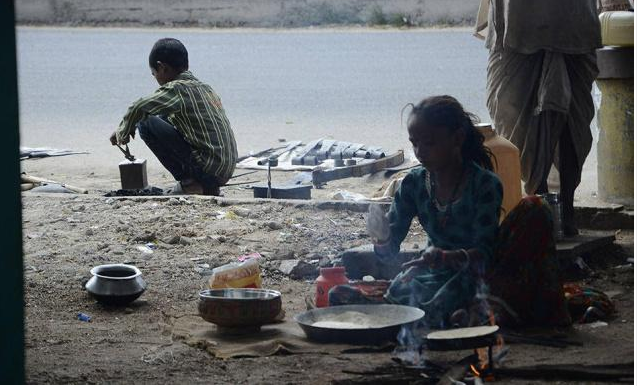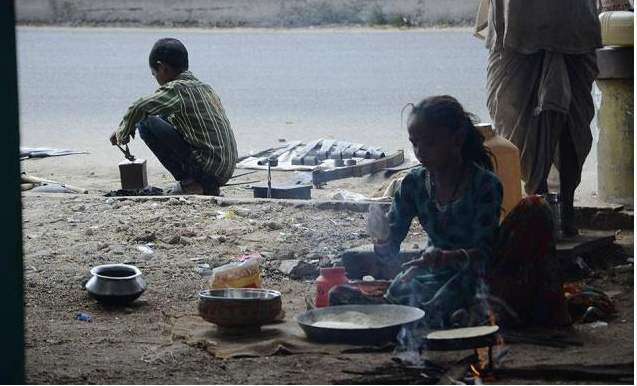
The level of malnourishment is high among children whose parents migrate in search of livelihood. Inherent malnourishment in mothers, lack of food and nutrition security, feeding and dietary practices and illnesses are some of the reasons identified for high levels of malnourishment.
A study ‘Understanding hunger and malnutrition among high migrant communities’ conducted in south Rajasthan by Aajeevika Bureau and EdelGive Foundation has revealed that more than half the children were underweight in those communities where migration was high. Stunting or retarded growth was reported in 53 per cent of the children with 28 per cent of them severely so; 33 per cent are wasted (debilitated growth) with over 9 per cent of them severely so and one-fourth severely underweight. South Rajasthan — broadly Udaipur division — is a semi-arid region with a largely tribal population which owns small land holdings. Small land holdings are unable to help them sustain a livelihood which results in high levels of migration.
Land holdings smal
Each panchayat, where the study was done, had 550-600 migrants. The study was done in four panchayats in one block — two had high levels of migrations and the other two low migration.
The sample of 884 households, which had less than three children, was picked up from 13 villages.
A t otal of 695 children under the age of three were weighed and measured as were 607 mothers. The median BMI (body mass index) of mothers was 18.1 with 58 per cent having a BMI of less than 18.5. An analysis has suggested inter-generational transfer of under-nutrition. When the mother is under-nourished, children are 1.8 times more likely to have severe malnutrition.
Other factors
Also, less availability of food items, small land holdings resulting in low produce and caring practices caused malnutrition. Roti was the only food item eaten by children daily and more than 60 per cent had access to it. Only 58 per cent were breastfed, and less than one per cent had daliya (porridge) which is supposed to be highly nutritious.
The study further shows that children of migrating families were less likely to be enrolled at the anganwadi centres where the government provides supplementary food to pre-school children. Importantly, the anganwadi centres were less functional in areas with high migrating population.
When a mother goes forwork, the primary caretakers are grandparents in 57 per cent of the cases, father in just 4 per cent and elder brother in 5 per cent.
This article was originally published in The Hindu: http://www.thehindu.com/news/national/malnourishment-high-among-children-of-migrants-study/article6898897.ece


